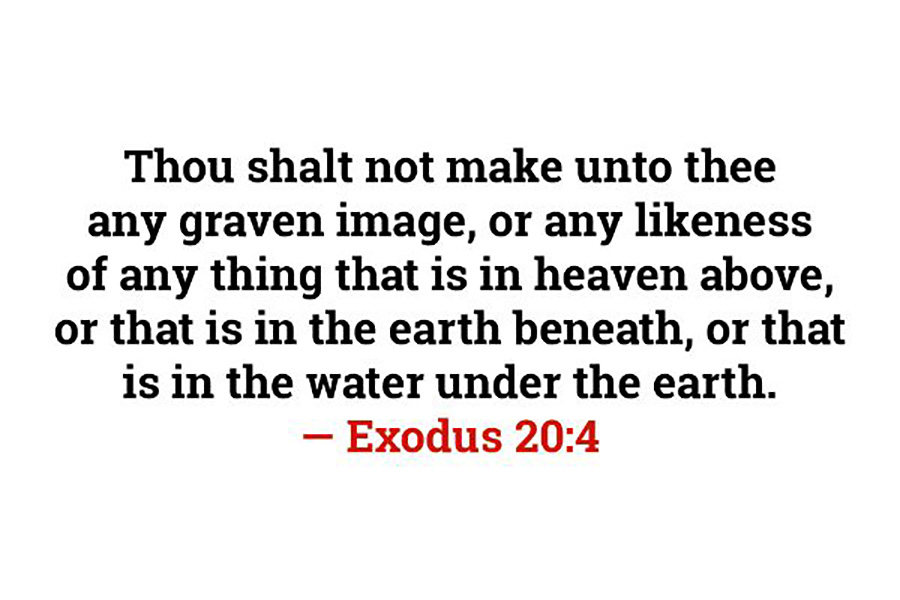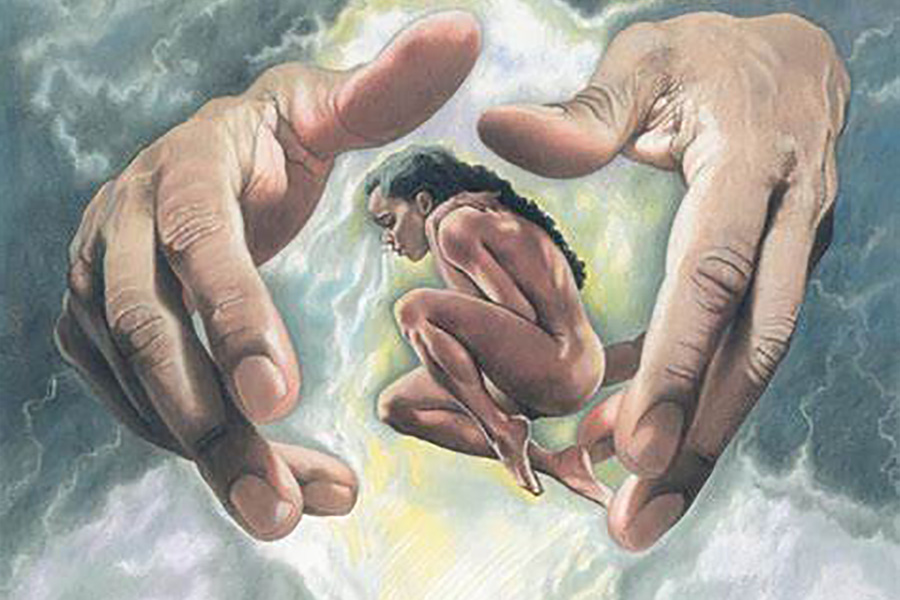The word Yah (𐤉𐤄) means “He Who Creates Life” and is the shortened name of the Alah of Yasharaal.
The Paleo-Hebrew language or the original language of the Ābarayam is one spoken with an emphasis on the rauakh (breath, wind, spirit). With the language of the Ābarayam, each letter has a meaning and a number associated with it that adds meaning to each word they’re used with. Below you will be able to learn more about the letter in Ancient Hebrew, Yiddish Hebrew, Greek, and much more.
Letter Meanings
| Letter | Meaning |
|---|---|
| 𐤉 (y) – ya | Arm, hand, work, thrust, deed, make, throw, worship |
| 𐤄 (h) – ha | Look, Behold, The, Reveal, breath (life), man |
| Ābarayat Number | 15 = 10 (y) + 5 (h) |
| Hebrew Gematria | 409 = 400 (y) + 1 (a) + 8 (h) |
| English Gematria | 204 = 150 (y) + 6 (a) + 48 (h) |
| Simple Gematria | 34 = 25 (y) + 1 (a) + 8 (h) |
Based on the meaning of the letters the word could be defined as:
- “He reveals”
- “Create man”
- “Create breath (life)”
- “Work of man”
- “Worship breath (life)”
Definitions for 𐤉𐤄 / Yah
| Language | Word | Transliteration | Pronunciation | Definition |
|---|---|---|---|---|
| Ābarayat | 𐤉𐤄 | Yah | Yaw | “He who creates life” |
| English | God | God | god | one of several deities, especially a male deity, presiding over some portion of worldly affairs. |
| Hebrew | יָהּ | Yah | yaw | the name of the God of Israel |
| Arabic | الرب | alribu | al-re-bu | lord, god, Yahweh |
| Greek | θεός | theos | theh’-os |
Images for 𐤉𐤄 / Yah



Ancient Egypt: Iah
Iah is an Ancient Egyptian lunar deity whose name is written in Coptic as ⲟⲟϩ (jꜥḥ). The word ⲟⲟϩ (jꜥḥ) simply means “Moon”. It is also transcribed as Yah, Jah, or Aah. By the New Kingdom (16th century to 11th century BC) he was less prominent than other gods with lunar connections, Thoth and Khonsu. As a result of the functional connection between them, he could be identified with either of those deities.
Iah was sometimes considered an adult form of Khonsu and was increasingly absorbed by him. He continued to appear in amulets and occasional other representations, similar to Khonsu in appearance, with the same lunar symbols on his head and occasionally the same tight garments. He differed in usually wearing a full wig instead of a child’s sidelock, and sometimes the Atef topped by another symbol.
As time went on, Iah also became Iah-Djehuty, meaning “god of the new moon”. In this role, he assumed the lunar aspect of Thoth (also known as Djehuty), who was the god of knowledge, writing, and calculation. The segments of the moon were also used as fractional symbols in writing.
Iah was also assimilated with Osiris, god of the dead, perhaps because, in its monthly cycle, the Moon appears to renew itself.
Sumerian: Enki
𐤀𐤍𐤒𐤉 (Anaqay) (Sumerian: 𒀭𒂗𒆠) is the Sumerian god of water, knowledge (gestú), crafts (gašam), and creation (nudimmud), and one of the Anunnaki. He was later known as Ea / 𐤀𐤀 (Aa) (Akkadian: 𒀭𒂍𒀀) or Ae / 𐤀𐤄 (Ah) in Akkadian (Assyrian-Babylonian) religion and is identified by some scholars with Ia / 𐤉𐤄 (Yah) in 𐤊𐤍𐤏𐤍𐤉 (Kanaanay) religion. The name was rendered Aos in Greek sources.
The name Ea / 𐤀𐤀 (Aa) is allegedly Hurrian in origin while others claim that his name ‘Ea’ is possibly of Semitic origin and may be a derivation from the West-Semitic root *hyy meaning “life” in this case used for “spring”, “running water”. In Sumerian E-A means “the house of water”, and it has been suggested that this was originally the name for the shrine to the god at Eridu.
Definitions for 𐤉𐤄𐤉 / yahay
When adding the 𐤉 (yad) to the end of a word, it creates a possessive of the original word. It can either signify “my…” or identify a member of a nation. For example, 𐤏𐤁𐤓 (Ābar) is the progenitor, but 𐤏𐤁𐤓𐤉 (Ābaray) is the singular descendant of him also known as a Hebrew.
| Language | Word | Transliteration | Pronunciation | Definition |
|---|---|---|---|---|
| Ābarayat | 𐤉𐤄𐤉 | yahay | yaw-hey | May it be |
| English | ||||
| Hebrew | יָהּיָ | yehie | yeh-ee | May it be |
| Arabic | ||||
| Greek |
Images for 𐤉𐤄𐤉 / yahay


Definitions for 𐤉𐤄𐤉𐤌 / yahayam
When adding the 𐤌 (mayam) after the 𐤉 (yad) to the end of a word, it creates a plural of the original word. It can identify multiple members of a nation. For example, 𐤏𐤁𐤓 (Ābar) is the progenitor, but 𐤏𐤁𐤓𐤉𐤌 (Ābarayam) are the plural descendants of him also known as Hebrews.
| Language | Word | Transliteration | Pronunciation | Definition |
|---|---|---|---|---|
| Ābarayat | 𐤉𐤄𐤉𐤌 | yahayam | yaw-ha-yawm | |
| English | ||||
| Hebrew | ||||
| Arabic | ||||
| Greek |
Images for 𐤉𐤄𐤉𐤌 / yahayam


Definitions for 𐤉𐤄𐤉𐤕 / yahayat
When adding the 𐤕 (tau) after the 𐤉 (yad) to the end of a word, it creates a plural of the original word. It identifies the language or a sign of a nation’s existence. For example, 𐤏𐤁𐤓 (Ābar) is the progenitor, but 𐤏𐤁𐤓𐤉𐤕 (Ābarayat) is the language of him also known as Paleo-Hebrew language.
| Language | Word | Transliteration | Pronunciation | Definition |
|---|---|---|---|---|
| Ābarayat | 𐤉𐤄𐤉𐤕 | yahayat | yaw-ha-yawt | |
| English | ||||
| Hebrew | ||||
| Arabic | ||||
| Greek |
Images for 𐤉𐤄𐤉𐤕 / yahayat


Classification
You can continue your studies of the words by viewing Strong’s entries for:

